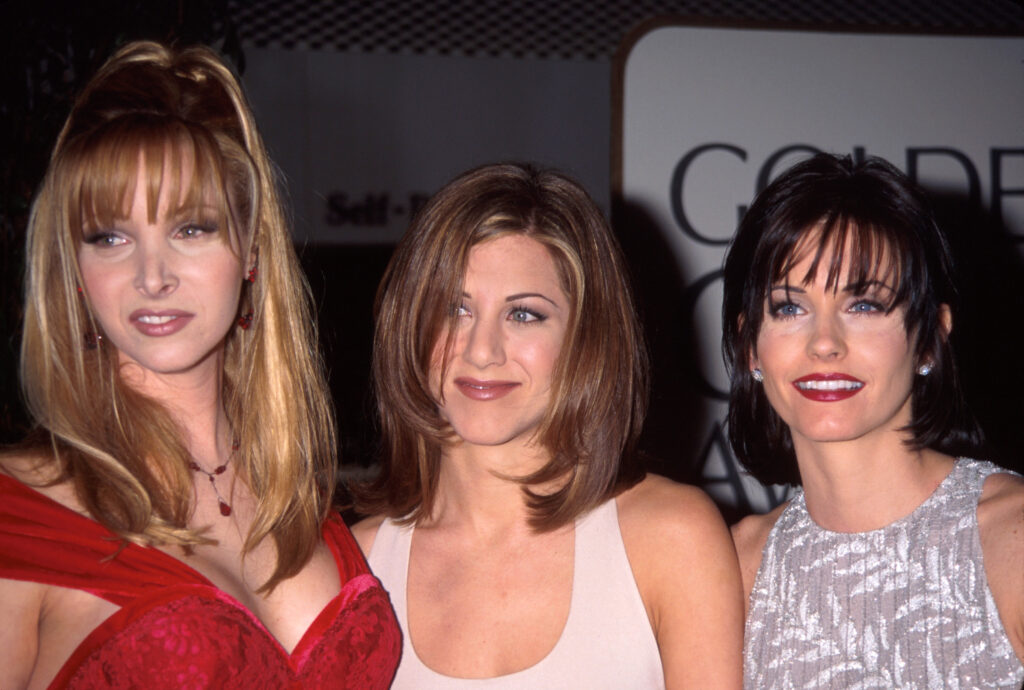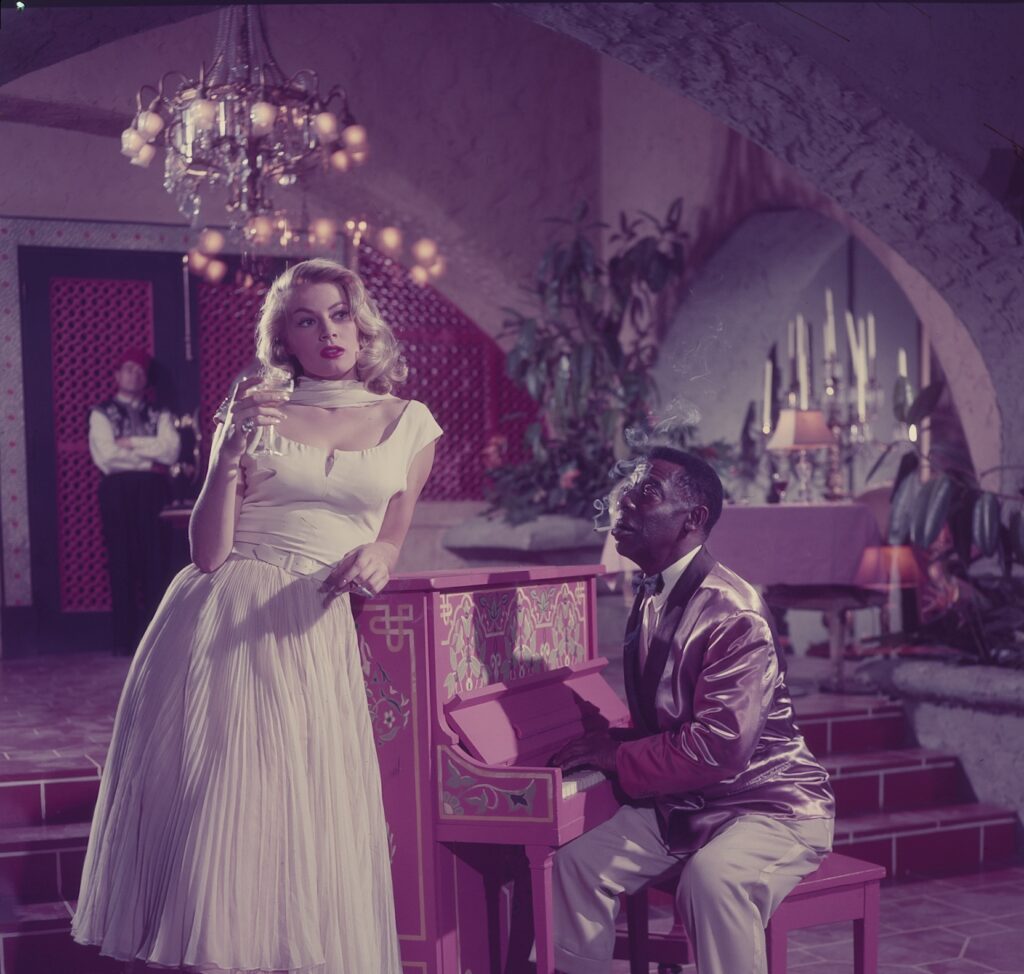College is said to be more stressful than ever, but even way back in 1954, Barnard College, the all-female sister school of Columbia University, picked up on the anxiousness in its student body and tried to do something about it. The school mandated relaxation classes for its new students.
Here’s how LIFE described what was going on in its Feb. 8, 1954 issue:
Having found that too many students are too tense, Barnard has inaugurated a session in relaxation in its Physical Education Department which every student must attend….Every student gets a chart with relaxing exercises to practice alone and is taught to recognize such symptoms of tension as lip-biting, nail-biting, insomnia, headache and eye-batting (if not premeditated). Barnard considers relaxation so important that other gym courses such as posture correction and rhythmics often end up in a 10-minute relaxing session.
What were the exercises taught to these first-year students? While the word “yoga” does not appear anywhere in the coverage, the photographs by LIFE’s Walter Sanders of Barnard’s relaxation instruction includes poses that will look familiar to anyone who has ever done cat and cow or savasana.
The line in LIFE’s coverage about “posture class” set up a sidebar story on another Barnard ritual. According to the story, Barnard held a posture contest every January for first-year students. In the contest, students walked around the school gym in a circle for a half hour and were pulled out when they started to slump or show other postural flaws.
It’s perhaps not a mystery why the students were a little tense.

The seven stages of the “dropping daisy’ exercise that was part of the relaxation instruction at Barnard College, 1954.
Walter Sanders/Life Picture Collection/Shutterstock

The mandatory relaxation class at Barnard College, 1954.
Walter Sanders/Life Picture Collection/Shutterstock

The relaxation class at Barnard College, 1954.
Walter Sanders/Life Picture Collection/Shutterstock

Relaxation class at Barnard College, 1954.
Walter Sanders/Life Picture Collection/Shutterstock

Relaxation instruction at Barnard College, 1954.
Walter Sanders/Life Picture Collection/Shutterstock

Relaxation class at Barnard College, 1954.
Walter Sanders/Life Picture Collection/Shutterstock

A scene from a posture class at Barnard College, where students doing leg lowering exercises to strengthen their abdomens, 1954.
Walter Sanders/Life Picture Collection/Shutterstock

Scene from a posture class at Barnard College, 1954.
Walter Sanders/Life Picture Collection/Shutterstock

The posture class at Barnard College included students hanging on bars to correct uneven shoulders, 1954.
Walter Sanders/Life Picture Collection/Shutterstock

Gym instructor Patty Smyth (pointing) of Sarah Lawrence College helped judge the January posture competition at Barnard College, 1954.
Walter Sanders/Life Picture Collection/Shutterstock

During a posture competition at Barnard College, contestants walking in a circle for half an hour, and were eliminated when their posture faltered, 1954.
Walter Sanders/Life Picture Collection/Shutterstock






























































































